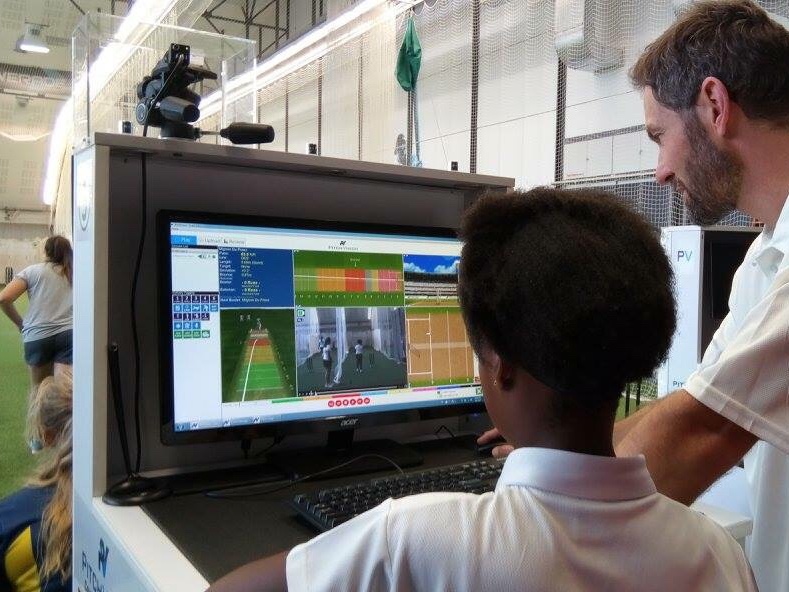|
 Who has time to work out the opposition for your next cricket match? Who has time to work out the opposition for your next cricket match?
Actually, it's easier than you think. You might not be able to produced a full analyst dossier every week, but there are some simple thing you can do to find out how your opponents play.
A quick bit of research is likely to give you at least a 1% edge. Sometimes, that's all you need to win. Here's the things you can do
Read scorecards
With many leagues putting the full scorecards online now, you can see who played, who performed and how they did it.
For example, my team recently played a side who scored 219 in the previous match. We looked at the card and saw 76% of those runs were scored by three players and over 50% scored by one player. They are very capable of a total collapse! This proved to be true as we bowled them out for 76, focusing on dismissing their key batsman early.
So, read the returns and learn what you can so you can adjust your tactics.
League tables
Alongside the cards are the tables. These can show you what a teams average score is. You can compare this to your avaerages and see how well you will need to play to win.
If a team is significantly stronger than you with the bat, you can always try to even things up: Prepare a bowling wicket and put them in to bat first with the aim of skittering them, for example. The same apples the other way round.
Resident know-it-all
Every team knows someone who knows every opponent in depth. They may not always be right but they are always certain in their opinion!
But right or not, they can provide important insights. Your geek might know an opposition opening bowler tends to drop short when they lose accuracy. You practice pulling and cutting with extra vigour in the week running up to the match.
Right or wrong, you have improved something about your game. If the know-all was right you get more runs. If they are wrong, you come away better at pulling and cutting.
Own performances
Some argue that the only really important thing is how you play.
So, make sure you also look at your own game as part of your preparation. How did you do in your last few games? Are their weak areas you can try and hide or strong areas you can make super strengths? Are there key stats the opposition might notice during their research?
Analysing your own game and trying to improve is the most important part of this process because you are in control. You can't say the same about the opposition.
I produce a one page document every week for my club side based on all these things and players find it helpful to better understand the challenges. Right or not, it's reassuring someone is thinking about things and letting players get on with focus and confidence.
I'm sure it will help your team too.
Discuss this article with other subscribers
|

.jpg)



.jpg)

